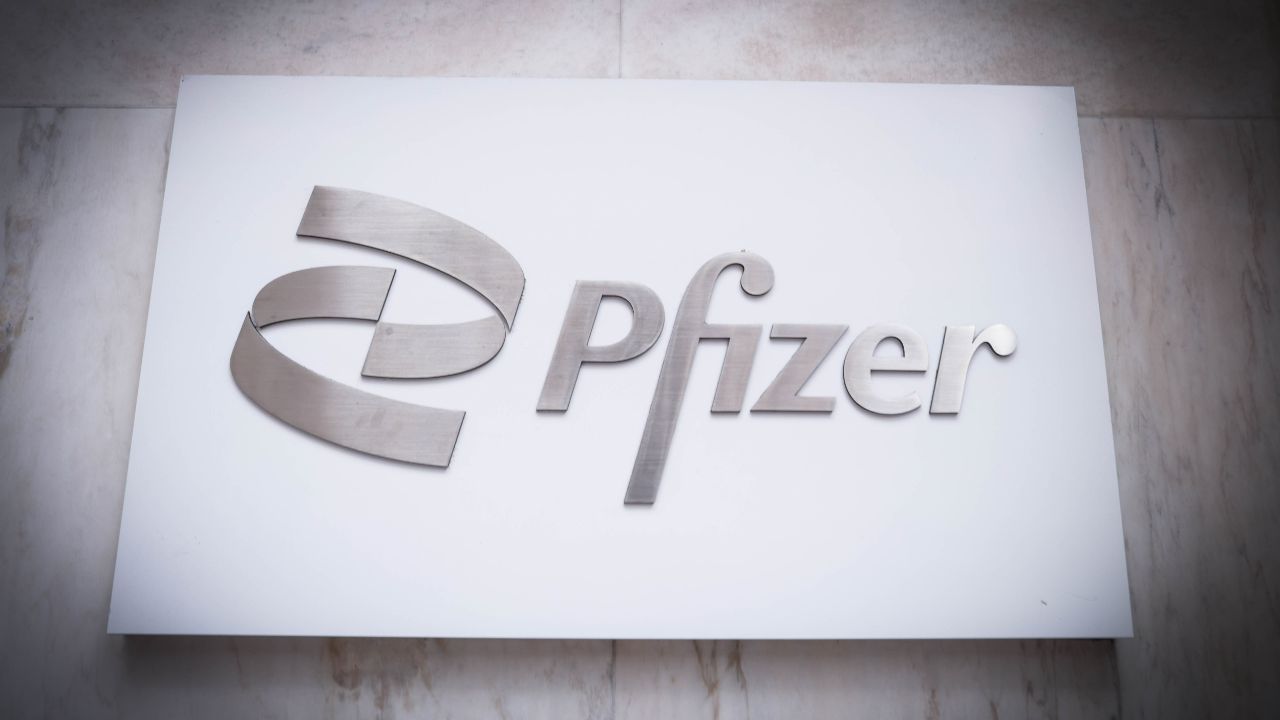Subsidiary or Branch in Poland – Which One Fits Your Business Model?

In recent years, Poland has become one of the fastest-growing business hubs in Central Europe. With its thriving economy, strong ties to the European Union, and an increasingly skilled workforce, the country continues to attract global investors and multinational companies. But before entering this dynamic market, foreign companies must carefully consider the best legal structure for their operations. The most common question is: Subsidiary vs Branch in Poland – which one fits your business model?
Expanding into Poland offers access to EU markets, competitive costs, and a strategic location. However, choosing between a subsidiary and a branch can significantly impact liability, credibility, taxation, and operational flexibility. This article explores both structures in detail, weighing the advantages and challenges, before guiding you towards the option that best aligns with your business objectives.
What is a Subsidiary in Poland?
A subsidiary in Poland is a separate legal entity from its parent company. Most foreign investors choose to register a Spółka z ograniczoną odpowiedzialnością (Sp. z o.o.), which is the equivalent of a limited liability company.
- Legal status – Operates as an independent Polish company, even though it is owned by the foreign parent.
- Autonomy – Has its own management board, financial accounts, and legal standing.
- Flexibility – Can adapt to local market conditions, enter into contracts, and employ staff directly.
This makes subsidiaries highly suitable for businesses seeking a long-term presence in Poland.
What is a Branch in Poland?
A branch in Poland is not a separate legal entity. Instead, it is an extension of the foreign parent company operating within Polish territory.
- Legal status – Operates under the foreign company’s name.
- Independence – Limited decision-making power since all liabilities, obligations, and risks remain with the parent company.
- Representation – Must appoint a branch representative to oversee local compliance.
Branches are often chosen when a company wishes to test the Polish market before committing to a full subsidiary setup.
Key Differences – Subsidiary vs Branch in Poland
Here’s a direct comparison of the two structures
| Aspect | Subsidiary (Sp. z o.o.) | Branch |
| Legal Status | Independent legal entity | Extension of the parent company |
| Liability | Limited to the subsidiary’s assets | The parent company is fully liable |
| Credibility | High – treated as a local business | Moderate – seen as a foreign entity |
| Taxation | Corporate tax in Poland | Corporate tax in Poland (but parent is taxed on profits) |
| Setup Cost | Higher (capital + registration) | Lower |
| Setup Time | Longer due to formalities | Faster |
| Access to Funding | Eligible for Polish and EU grants | Limited access |
| Flexibility | Can adapt to the Polish market | Restricted to parents’ activities |
This table highlights the core considerations when comparing Subsidiary vs Branch in Poland and helps illustrate why the choice depends heavily on business goals.
Advantages of Setting Up a Subsidiary in Poland
Stronger Legal Protection for the Parent Company
Since a subsidiary is an independent entity, the parent company’s liability is limited to its investment. This shields the parent’s global assets from Polish legal claims.
Easier Access to Local Funding, Banks, and Investors
Polish banks and EU grant schemes often prefer working with locally registered companies. A subsidiary can more easily secure financing than a branch.
Eligibility for Poland’s Business Incentives and EU Grants
Subsidiaries qualify for state aid programs, tax incentives, and European Union structural funds designed to encourage foreign investment.
Greater Credibility with Polish Clients and Partners
Local customers and suppliers may feel more comfortable working with a Polish legal entity rather than a branch of a foreign company.
Autonomy to Adapt Operations for the Local Market
With its own management board, a subsidiary can tailor its products, pricing, and services to local demand without waiting for parent company approval.
Advantages of Opening a Branch in Poland
Lower Startup and Administrative Costs
Setting up a branch is more cost-effective since there is no requirement for share capital, and the registration process is simpler.
Faster Setup Process with Fewer Formalities
Branch registration involves fewer steps compared to forming a subsidiary. This allows a company to enter the Polish market more quickly.
Simpler Structure for Testing the Polish Market
For businesses uncertain about long-term commitment, a branch provides a way to gauge market potential before investing heavily.
Parent Company Retains Full Control
The parent company directs all significant decisions, ensuring alignment with its global strategy.
Challenges and Limitations
Subsidiary
- Higher Initial Cost – Requires share capital, notary fees, and ongoing compliance costs.
- Regulatory Compliance – Must maintain local accounting, annual reporting, and tax filings.
Branch
- Parent Assumes Full Liability – Any debts or obligations of the branch fall directly on the foreign parent.
- Lower Market Credibility – Some clients and institutions prefer dealing with a local company rather than a branch.
- Activity Restrictions – Branches can only conduct the same activities as the parent company.
Which One Fits Your Business Model?
The choice between subsidiary vs branch in Poland depends on your strategy, risk tolerance, and industry.
- Short-term vs Long-term – If your goal is to test the waters, a branch is sufficient. For long-term growth, a subsidiary is better.
- Liability Considerations – Subsidiaries provide limited liability, while branches expose the parent company to full legal risk.
- Industry Type – Highly regulated sectors often require subsidiaries rather than branches.
- Investor and Funding Needs – A subsidiary is more attractive to investors and banks.
Step-by-Step Setup Overview
Subsidiary (Sp. z o.o.)
- Draft Articles of Association – Outline ownership, structure, and objectives.
- Deposit Share Capital – Minimum of PLN 5,000 required.
- Register with KRS – Apply to the National Court Register.
- Obtain REGON, NIP, VAT – Get identification numbers for statistics and tax.
- Open a Business Bank Account – Necessary for transactions and capital deposits.
Branch
- Submit Parent Company Documents – Translated and notarised corporate documents.
- Register with KRS – List branch details under the parent entity.
- Appoint a Branch Representative – Responsible for compliance in Poland.
- Register for Taxes – Obtain a Polish tax identification number.
How open a European company can help?
Navigating the Subsidiary vs Branch in Poland decision can be overwhelming, but that’s where expert support makes a difference. At Open a European Company, we provide
- Expert Advice – Guidance on whether a branch or subsidiary fits your goals.
- Documentation Support – Preparing translations, filings, and notarisation.
- Compliance Assistance – Managing tax, VAT, and regulatory requirements.
- Post-Setup Services – Accounting, HR, payroll, and office solutions.
Conclusion
Poland presents a strong opportunity for international expansion thanks to its EU membership, skilled workforce, and competitive costs. But before you establish your business, you must choose between a subsidiary vs branch in Poland. Ultimately, the right choice depends on your long-term strategy. If you want quick market entry and low risk exposure, a branch may suffice. If you aim for lasting operations, stronger legal protection, and greater credibility, a subsidiary is the better fit. At Open a European Company, we’re here to guide you through every step of the process. Whether you choose a subsidiary or branch, our expertise ensures your entry into the Polish market is seamless and compliant.
The post Subsidiary or Branch in Poland – Which One Fits Your Business Model? appeared first on Open a European Company.















































